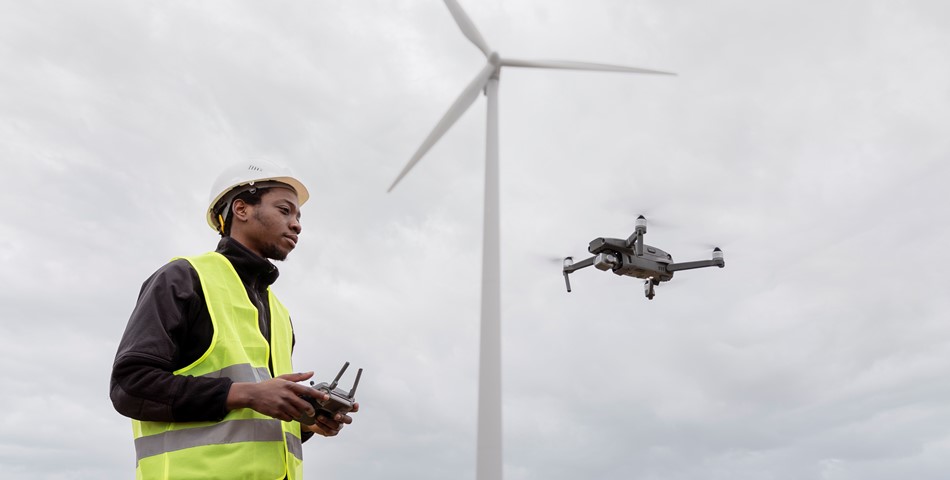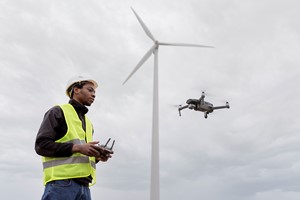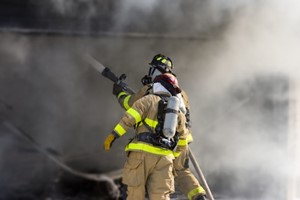In recent years, the construction industry has increasingly embraced cutting-edge technologies to enhance efficiency, safety, and security. A notable innovation is the use of Unmanned Aerial Vehicles (UAVs), commonly known as drones. These devices have demonstrated their utility across various sectors, with their application in construction site security being particularly significant. This article explores the technical aspects of UAV surveillance, its benefits, and its implications for the construction industry.
UAVs equipped with advanced surveillance capabilities can significantly enhance the security of construction sites. They provide real-time aerial views, facilitating comprehensive monitoring and swift responses to security threats. The primary functions of UAV surveillance in construction include perimeter security, theft prevention, monitoring worker safety, and site inspection.
Maintaining a secure perimeter is fundamental to construction site security. UAVs can patrol the boundaries of a construction site, providing continuous surveillance and identifying any breaches or unauthorized entries. Equipped with high-resolution cameras and thermal imaging sensors, UAVs can detect movement and capture detailed images even in low-light conditions. This capability ensures that security personnel are alerted immediately to potential threats, allowing for rapid intervention.
Construction sites often attract theft due to the presence of valuable materials and equipment. Traditional security measures, such as static cameras and guards, can be circumvented or are insufficient for covering large areas. UAVs offer a dynamic and versatile solution, conducting regular patrols and spot-checks, capturing live footage, and deterring potential thieves. The presence of UAVs alone acts as a deterrent, providing a visible and unpredictable security measure.
Ensuring worker safety is a paramount concern in construction. UAVs assist in monitoring adherence to safety protocols and identifying hazardous conditions. By providing a bird’s-eye view, UAVs can detect unsafe practices or areas where safety measures are lacking. Real-time footage can be relayed to safety officers who can then take immediate action to mitigate risks. This proactive approach to safety can prevent accidents and enhance overall site security.
UAVs are invaluable tools for site inspection and management. They can quickly cover large areas, providing detailed images and videos for progress tracking, quality control, and documentation. In terms of security, UAVs can identify vulnerabilities such as weak points in fencing, improperly stored materials, or inadequately lit areas. Regular UAV inspections ensure that security measures are up-to-date and effective.
The effectiveness of UAV surveillance in construction site security depends largely on the technical specifications and capabilities of the drones used. Key features to consider include camera quality, flight time, range, autonomous capabilities, and integration with other security systems.
High-resolution cameras are essential for capturing detailed images and videos. Modern UAVs are equipped with 4K cameras that provide clear and sharp footage. Additionally, thermal imaging cameras can detect heat signatures, which is useful for night surveillance and identifying hidden threats.
The flight time and range of a UAV determine how long and how far it can operate without needing to recharge. Typically, commercial UAVs used in construction have a flight time of 20-30 minutes and a range of several kilometers. For extended surveillance operations, UAVs can be programmed to operate in shifts, ensuring continuous coverage.
Autonomous capabilities, such as automated flight paths and obstacle avoidance, enhance the efficiency and safety of UAV operations. Pre-programmed flight paths allow UAVs to patrol specific areas without manual intervention. Obstacle avoidance technology ensures that UAVs can navigate around structures and other obstacles, reducing the risk of crashes.
UAVs can be integrated with existing security systems, such as CCTV cameras, alarm systems, and access control systems. This integration allows for a coordinated response to security incidents. For instance, if a breach is detected by a ground-based sensor, a UAV can be dispatched to the location to provide real-time visual confirmation and tracking.
Implementing UAV surveillance on construction sites offers numerous benefits, including enhanced security, cost savings, and improved safety.
UAVs provide a comprehensive and dynamic security solution. Their ability to cover large areas quickly and provide real-time footage enhances situational awareness and allows for immediate responses to security threats. This results in a more secure construction site and reduced risk of theft and vandalism.
While the initial investment in UAV technology may be significant, the long-term cost savings are substantial. UAVs can reduce the need for multiple static cameras and security personnel, leading to lower operational costs. Additionally, the prevention of theft and damage to equipment and materials can result in significant savings.
By monitoring worker activities and site conditions, UAVs contribute to a safer working environment. The ability to identify and address safety hazards promptly can reduce the incidence of accidents and injuries. This not only protects workers but also minimizes potential legal and financial liabilities for construction companies.
Despite the advantages, there are challenges and considerations associated with the use of UAVs for construction site security.
The use of UAVs is subject to regulatory requirements, which vary by country and region. Construction companies must ensure that their UAV operations comply with local regulations regarding flight altitude, no-fly zones, and privacy concerns.
Effective UAV operations require skilled operators. Construction companies need to invest in training for their personnel or hire experienced UAV pilots. Additionally, understanding the technical aspects of UAVs, such as maintenance and troubleshooting, is essential for smooth operations.
The use of UAVs for surveillance raises privacy concerns, particularly in urban areas. Construction companies must be mindful of the privacy rights of neighboring properties and individuals. Implementing clear policies and ensuring transparency in UAV operations can help address these concerns.
UAV surveillance is a powerful tool for enhancing construction site security. With their advanced capabilities and flexibility, UAVs provide a comprehensive solution for monitoring and protecting construction sites. The benefits of increased security, cost savings, and improved safety make UAVs an invaluable asset to the construction industry. However, careful consideration of regulatory compliance, training, and privacy concerns is essential to maximize the effectiveness of UAV surveillance. As technology continues to evolve, the role of UAVs in construction site security is poised to expand, offering even greater potential for innovation and improvement.
By Santosh Kumar Bhoda













